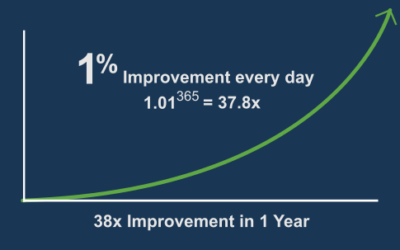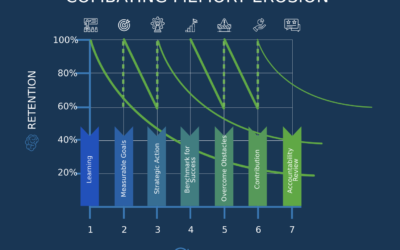In the world of sales, connecting with prospects goes beyond just understanding their needs; it involves recognizing and navigating the spectrum of emotions they may be experiencing. As a salesperson, your ability to understand and address the emotional landscape of your prospects can make all the difference in building lasting relationships. Let’s delve into the acronym W A D U F A C E – Worried, Anxious, Disappointed, Uncertain, Frustrated, Angry, Concerned, and Embarrassed – and explore how being attuned to these emotions can lead to successful client engagement.
- Worried: Prospects might be worried about making the wrong decision or the potential risks involved. Recognize these concerns, and offer clear and concise information to alleviate worries. Providing testimonials, case studies, or addressing specific concerns directly can instill confidence in your prospect.
- Anxious: Anxiety may arise from the fear of the unknown or the pressure to meet specific goals. Ease anxiety by providing a roadmap of what to expect during the sales process. Regular communication and setting clear expectations can help create a sense of control for your prospect.
- Disappointed: A prospect might have experienced disappointment with previous solutions or providers. Acknowledge their past challenges, empathize with their experience, and demonstrate how your product or service addresses those pain points. Turn disappointment into an opportunity for improvement and growth.
- Uncertain: Uncertainty often arises when prospects are unsure about the outcome or the value they’ll receive. Clearly articulate the benefits and outcomes they can expect. Offering a trial period or a money-back guarantee can also help mitigate uncertainty, allowing prospects to experience the value firsthand.
- Frustrated: Frustration can stem from various sources, such as previous bad experiences or communication breakdowns. Be a patient listener, allowing your prospect to express their frustrations. Address each concern methodically, and present your product or service as a solution that eliminates the source of their frustration.
- Angry: Anger might surface if expectations haven’t been met or if there have been communication breakdowns. Stay calm, empathize with their frustrations, and focus on finding a solution. Address concerns transparently and assure your prospect that their satisfaction is your top priority.
- Concerned: Prospects may have genuine concerns about the impact of your product or service on their business. Demonstrate a deep understanding of their concerns, and provide data or case studies showcasing successful outcomes. Offering a personalized approach to address their specific needs can help alleviate concerns.
- Embarrassed: Prospects might feel embarrassed about past decisions or current challenges. Foster an environment of trust by assuring them that everyone faces challenges. Share success stories of clients who overcame similar obstacles, emphasizing the positive outcomes achieved with your assistance.
In the realm of sales, recognizing and addressing the emotions encapsulated in W A D U F A C E is pivotal for establishing a strong rapport with prospects. By understanding their concerns, empathizing with their emotions, and providing tailored solutions, you position yourself not just as a salesperson but as a trusted partner in their journey. Successful client engagement is not just about meeting needs; it’s about navigating the emotional landscape to build lasting, meaningful connections.






0 Comments